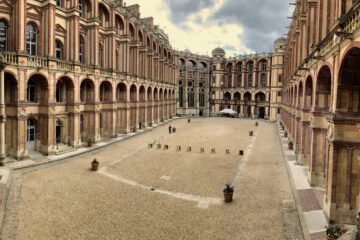VINTAGE FRENCH WINE
Vintage French wine, with its centuries-old tradition and impeccable craftsmanship, is a beverage that transcends time. Among the numerous treasures within the world of wine, old French wines stand as testament to the artistry and patience of winemakers throughout history. In this essay, we embark on a sensory journey to explore the taste and qualities that make old French wine a revered elixir, weaving together the threads of history, terroir, aging, and the enigmatic allure that defines each vintage.
This post was inspired by a bunch of wines discovered in a friend of a friend’s old wine cellar. The husband had passed on and the wife needed some help cleaning out the cellar. She called her friend, who in this case was my brother-in-law, and the rest is history. Since then, we have popped a few bottles but before we get to that…let’s get into the whole “vintage French wine” thing.
IT’S ABOUT TERROIR
The terroir, a quintessential concept in French winemaking, encapsulates the unique interplay between soil, climate, and topography. Old French wines, rooted in specific regions like Bordeaux, Burgundy, and Champagne, are expressive ambassadors of their terroir. The subtle nuances of the earth beneath the vines, the gentle dance of the sun, and the caress of the wind all contribute to the distinctive flavors that unfold in each bottle.
Bordeaux wines, for instance, reflect the gravelly banks of the Gironde River, lending a robust structure and refined tannins. Burgundy, with its mosaic of tiny vineyards, captures the essence of the limestone-rich soils, producing wines that are ethereal and layered. Champagne, born from the chalky hillsides of the region, boasts a crisp acidity and delicate effervescence. It is this marriage of earth and vine that makes old French wines not just a beverage but a sensory journey through the very essence of the land.
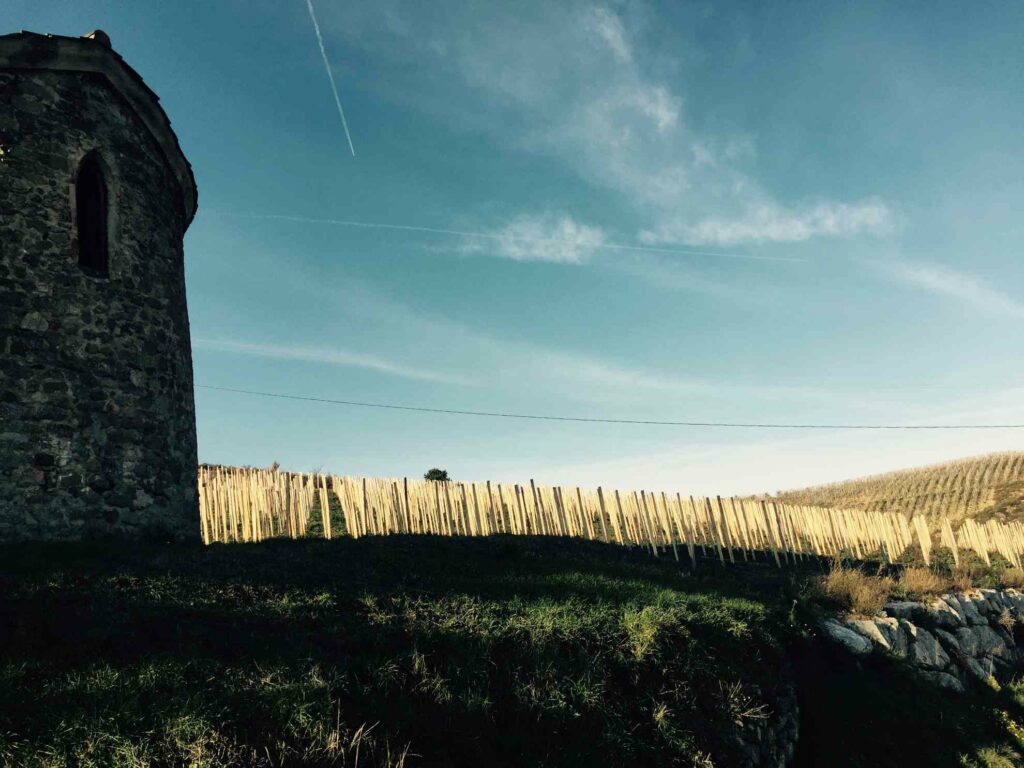
IT’S ABOUT TIME
Old French wines, like fine poetry, require time to reveal their true beauty. Aging is not just a passage of time but a transformative alchemy that occurs within the confines of oak barrels or cool cellars. The tannins, once assertive and grippy, soften and meld with the wine, creating a harmonious balance. The fruit, once vibrant and exuberant, metamorphoses into complex layers of dried fruits, leather, and subtle spices.
In Bordeaux, the legendary red blends evolve gracefully over decades, with each passing year adding a new chapter to their story. Burgundy’s Pinot Noirs, known for their sensuous elegance, unfold like a delicate dance, gaining depth and intricacy as they age. The effervescence of Champagne, often associated with celebration, gains a mature finesse with time, transforming into a symphony of bubbles that caress the palate.
IF IT’S RARE IT’S A POINT
Old French wines are not just bottles of fermented grapes; they are rare artifacts, each vintage a limited edition that tells a story of a specific moment in time. The ephemeral nature of these wines adds to their allure, making them coveted treasures among collectors and enthusiasts. The dwindling supply of certain vintages transforms each bottle into a time capsule, preserving the essence of a particular year and the challenges and triumphs faced by the winemakers.
The scarcity of old French wines elevates the experience of tasting them into a transcendent moment. It is not merely a sip of liquid but a communion with history, a connection with the hands that tended the vines, the minds that crafted the blend, and the very spirit of the era that gave birth to the vintage.
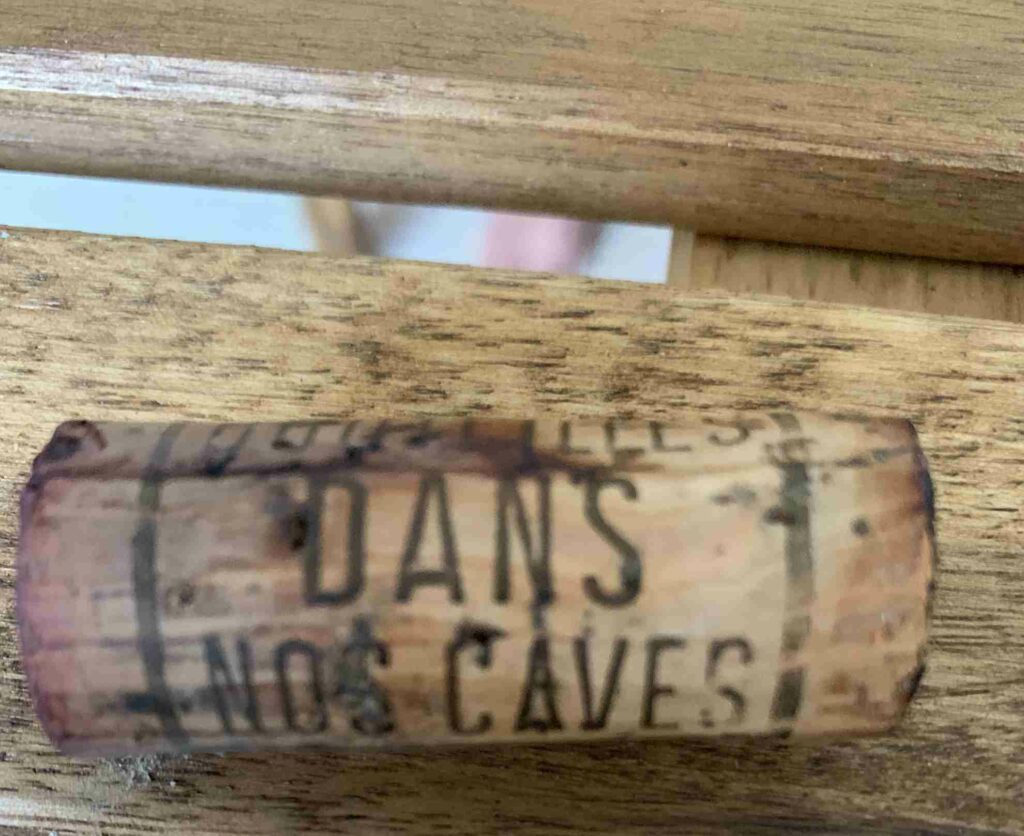
DECANTING AND CORKS
Opening a bottle of old French wine is an art in itself, a ritual that requires patience and finesse. Many of the corks we pulled fell apart but the one above kept it’s shape. For most of the bottles, sediment had settled over the years demanded a careful decanting, separating the elixir from the residue. As the wine breathes in the decanter, it begins to awaken, stretching its dormant limbs and releasing aromas that have been trapped for years.
Patience, a virtue often forgotten in our fast-paced world, is the key to unlocking the full potential of old French wines. Each moment spent waiting is an investment in the sensory pleasure that will unfold in the glass. The gradual evolution of aromas, the unfolding layers of flavor, and the delicate dance on the palate are rewards for those willing to embrace the unhurried beauty of the experience.
OUR VINTAGE FRENCH WINE TASTING
Over the span of a few days we opened a few of these bottles and unlock the past, we did. Most were past their prime but a few were other-worldly. First, let’s talk about the duds.
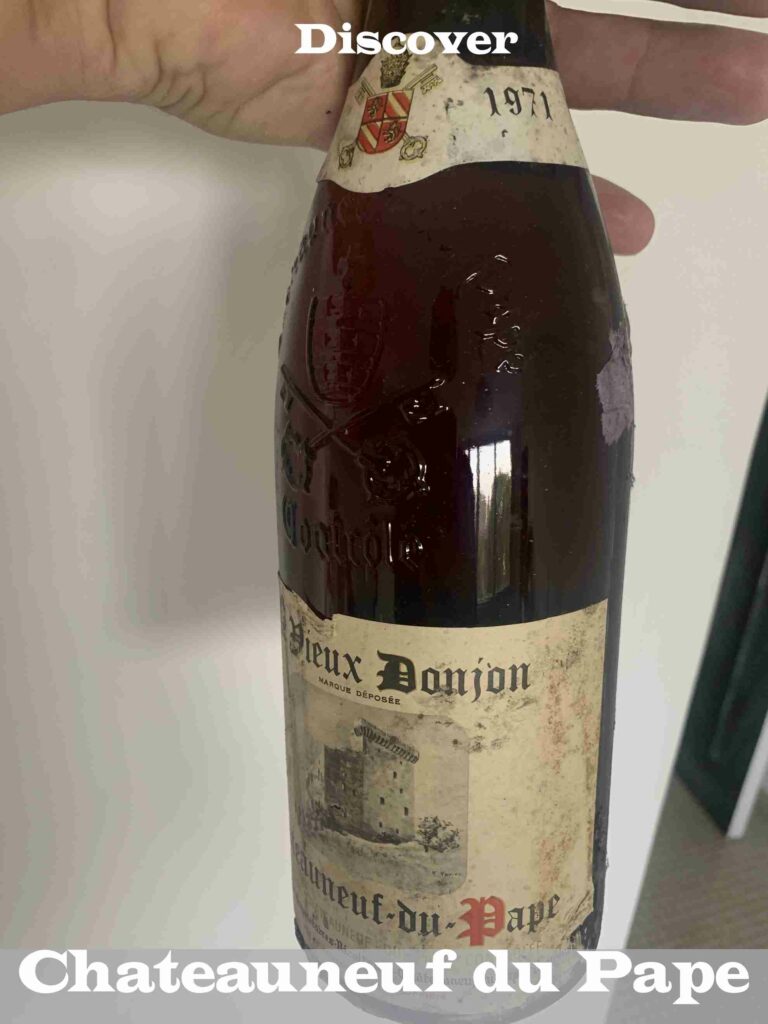
This Chateauneauf was from a fairly reputable winery but was probably the most suprising wine of the lot. These wines are supposed to age well and we don’t know too much about the way this wine was stored over the years but it had lost all of it’s flesh. It was as thin and weak as any of the wines tasted but despite all of that, it was still wine. It had just enough alcohol, fruit and acidity to barely pass for wine. It was well past it’s prime but ingesting something this old is always an adventure of the body and soul. I would not trade the experience for anything. However, given the expectations for the aging potential of wines from this part of the world, it ranked up there as one of the duds.
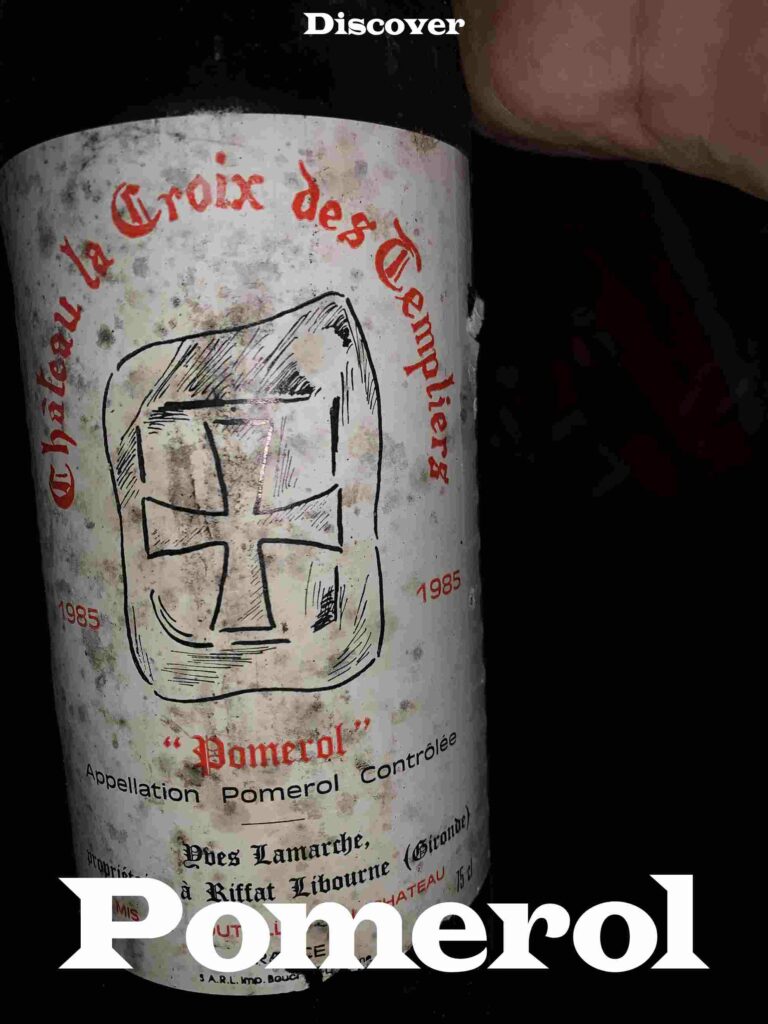
Now we get to the real dud of the lot. This Pomerol may not be of the highest pedigree but the vintage itself is legendary. One would hope that this one would hold up to the aging and cellaring but this started to give us a clue about how well these wines were stored. When the corks from wines that have been aging in a cellar have stains that ride up the cork and create a sort of ring around the upper part of the cork, that can indicate that the wines got too warm and the wine sort of cooked and expanded and crept out of the bottle with the added expansion from heat. This wine and others seemed to show these signs and we suspect the cellar was cooking these wines. This wine was un-drinkable beyond a couple of sips and I consider myself an adventurous wine taster. This one didn’t make it – so sad!
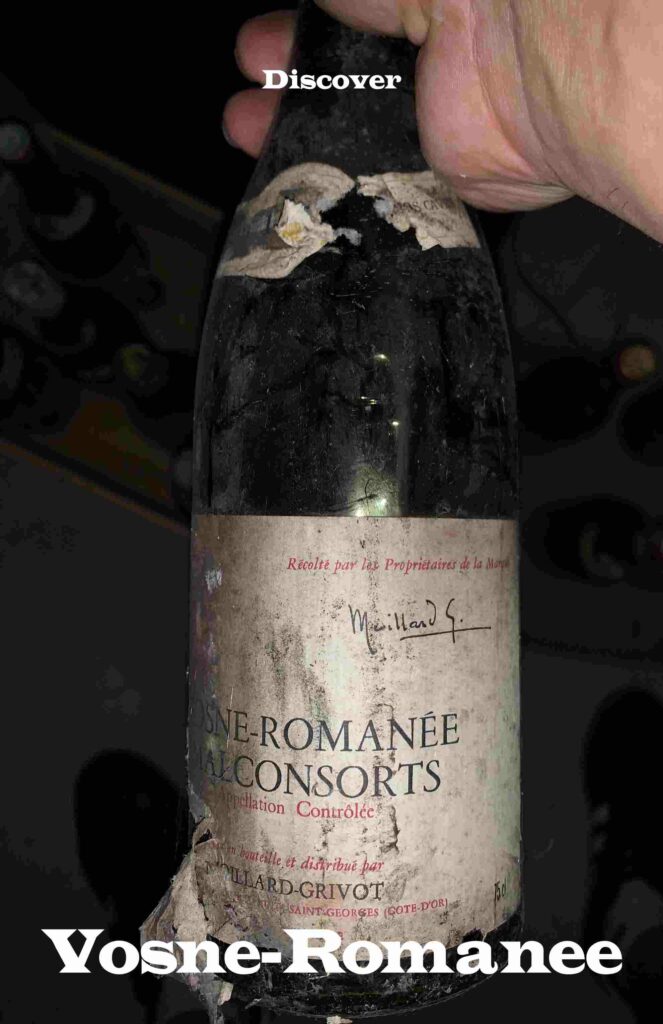
As we made our way through the cellar finds, the burgundy seemed to be holding up better than many of the others. This Vosne-Romanee was from a vintage in the 70s or 80s and was indeed still wine. Wines this old and in suspect conditions often have fruit flavors that have turned to old dusty versions of fruit. The flesh, so to speak is no longer there but you can tell the flavors once came from fruit, if that makes any sense. When there is just enough acidity and just enough alcohol to bring it all together, it can be a truly transporting experience.
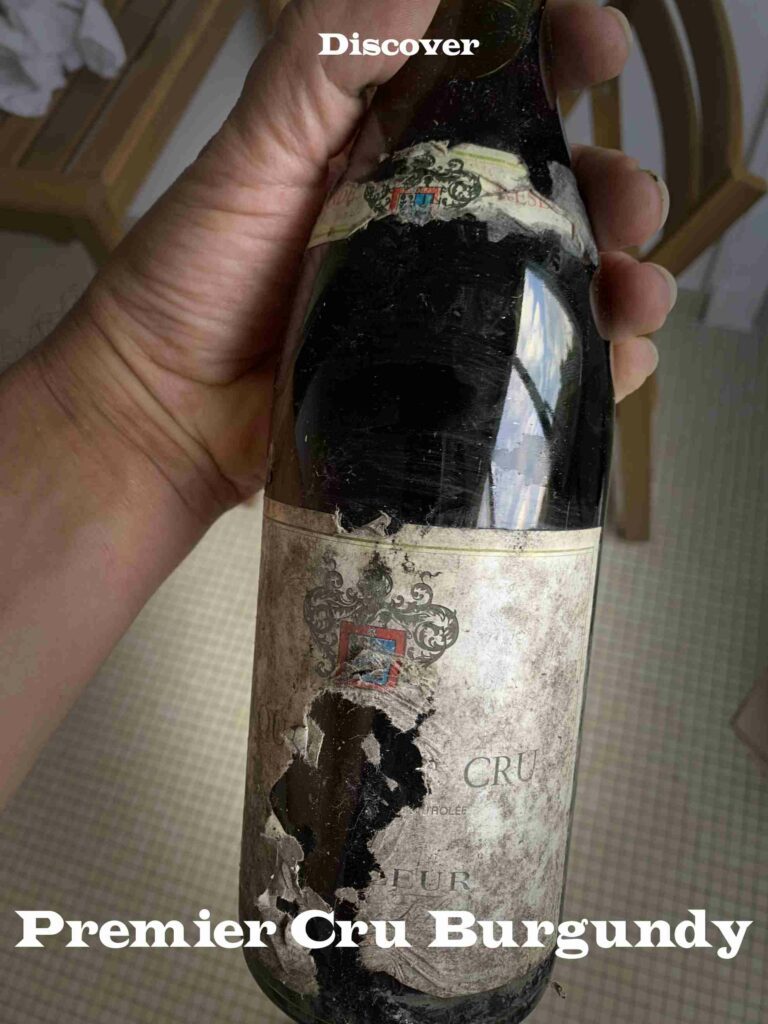
Of course, it may be no surprise that the best wine to come out of this dusty old cellar was defaced to the point that we were not able to tell what winery or even what vintage this bottle was from. But it was easily the star of the batch. It takes a bunch of sour, flat, turned and foul bottles….to find one that is still clearly fine aged French wine. This bottle – the one we know the least about – was indeed the star of the show.
Thank you for reading…L’aventure commence!

